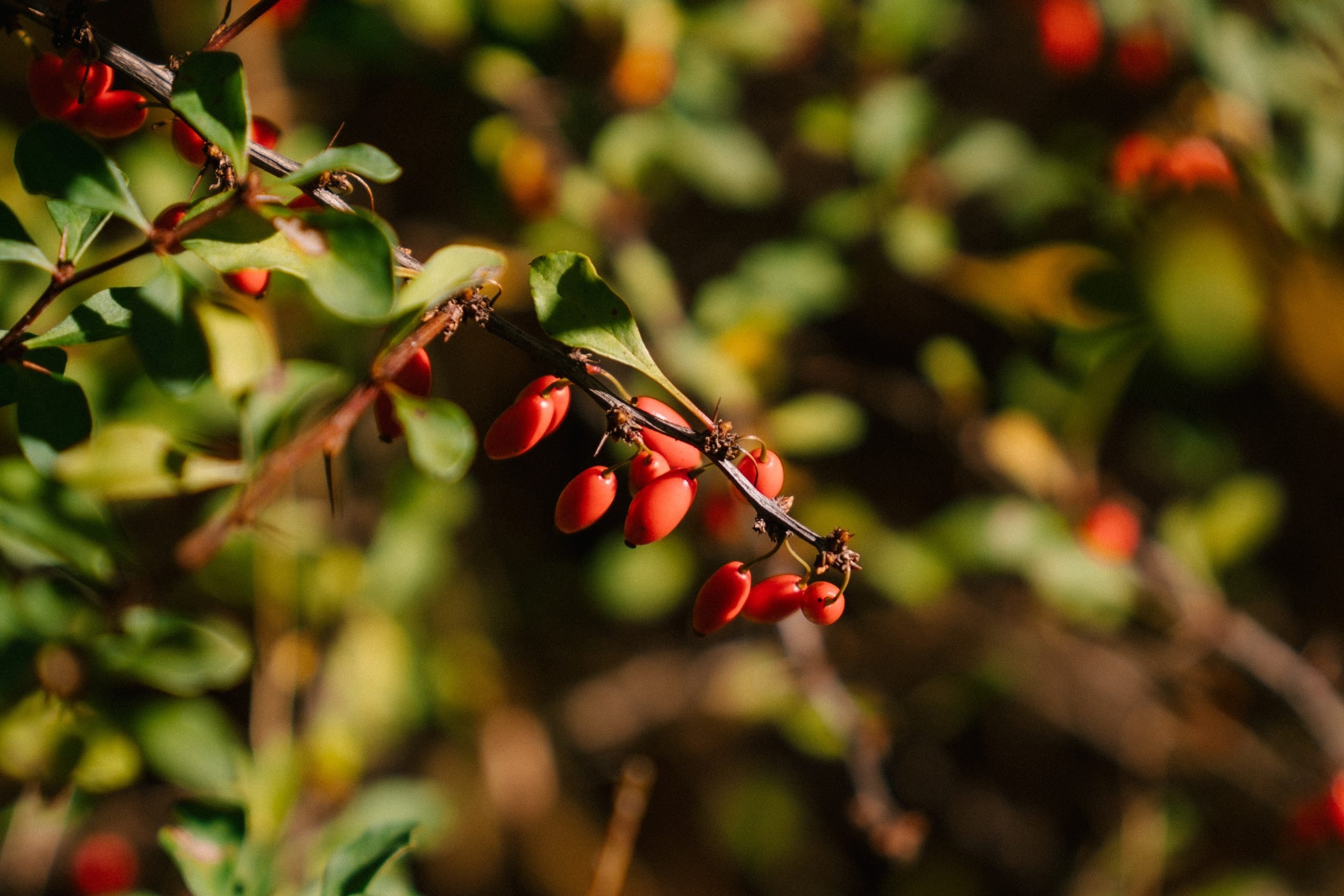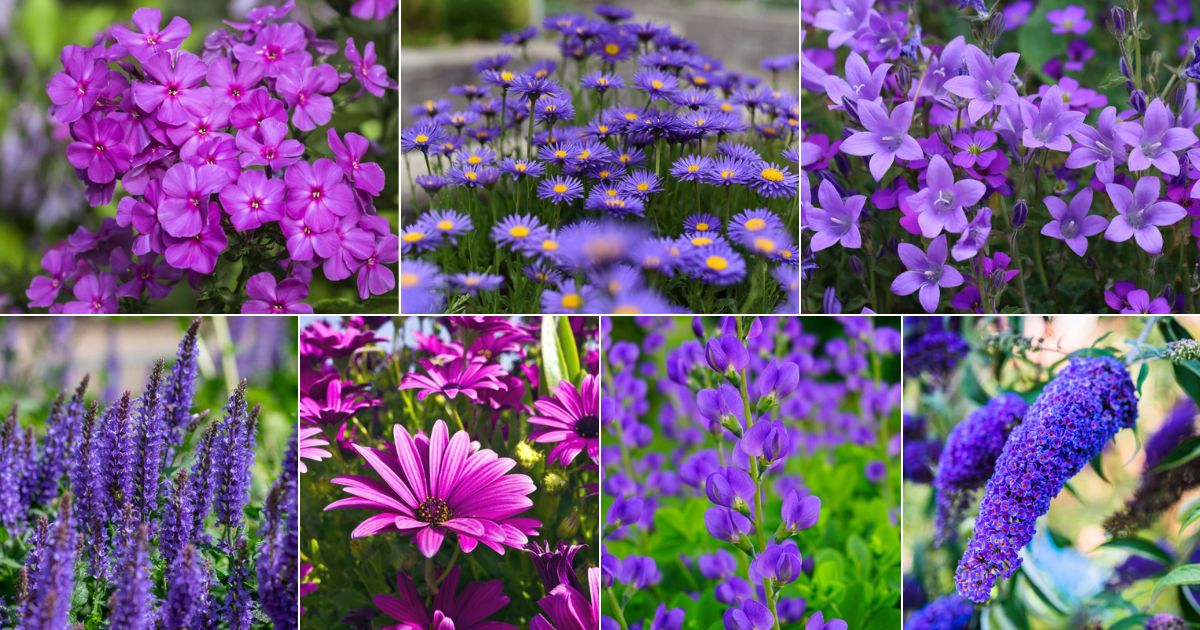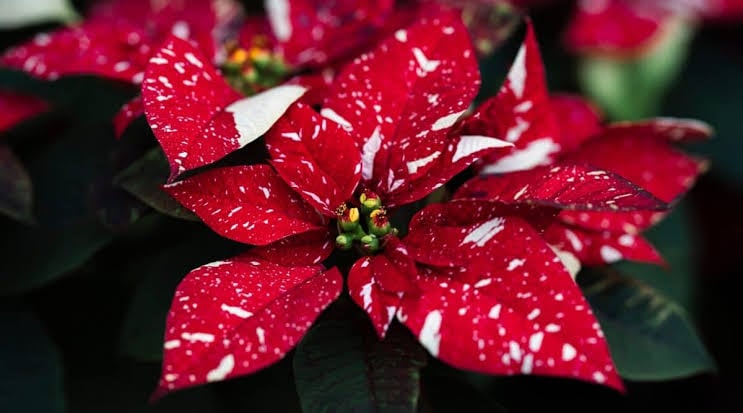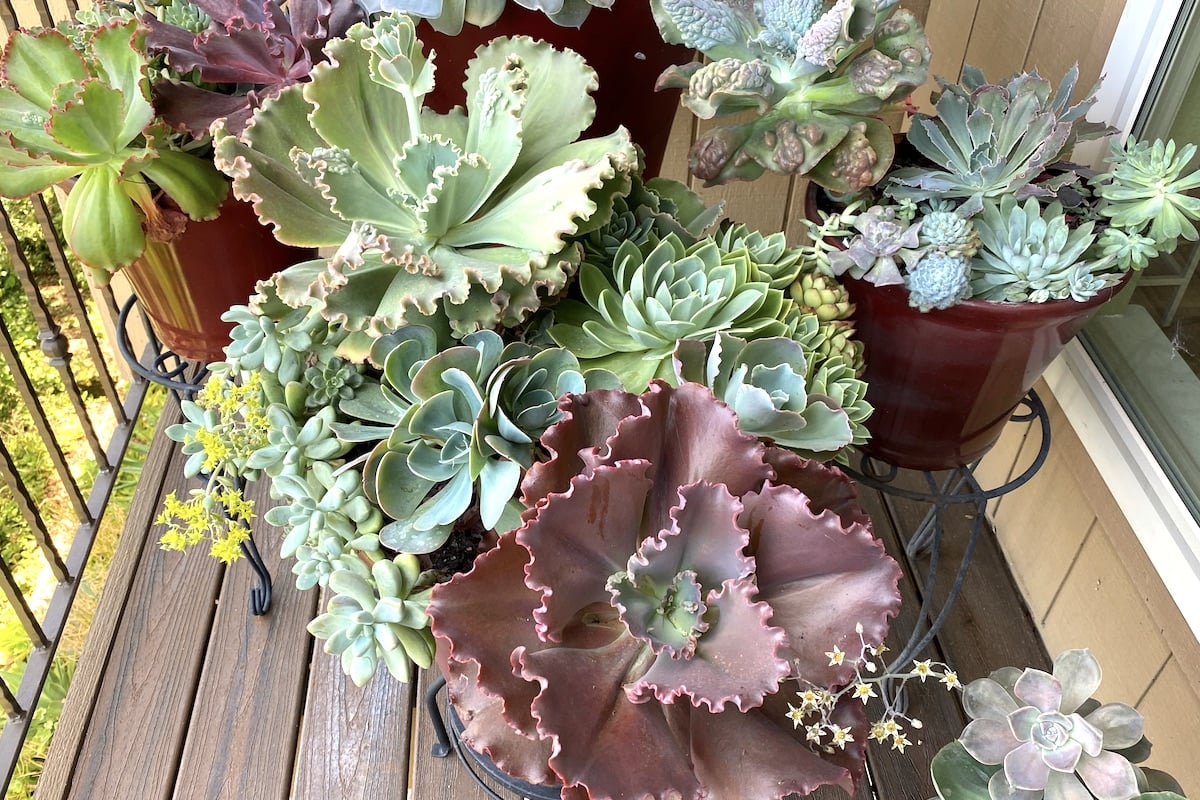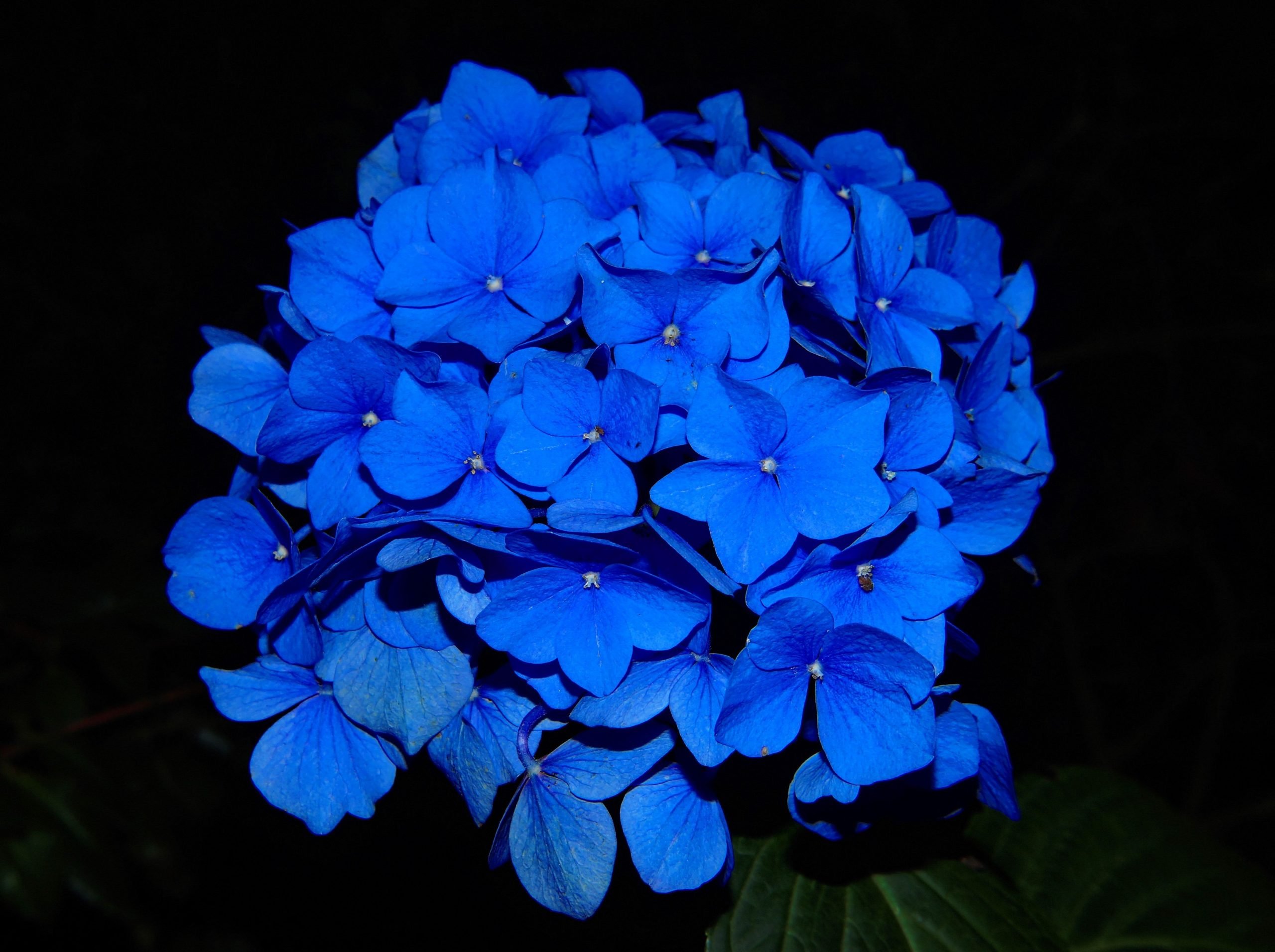21 Beautiful Spring Flowering Bulbs To Plant During Autumn
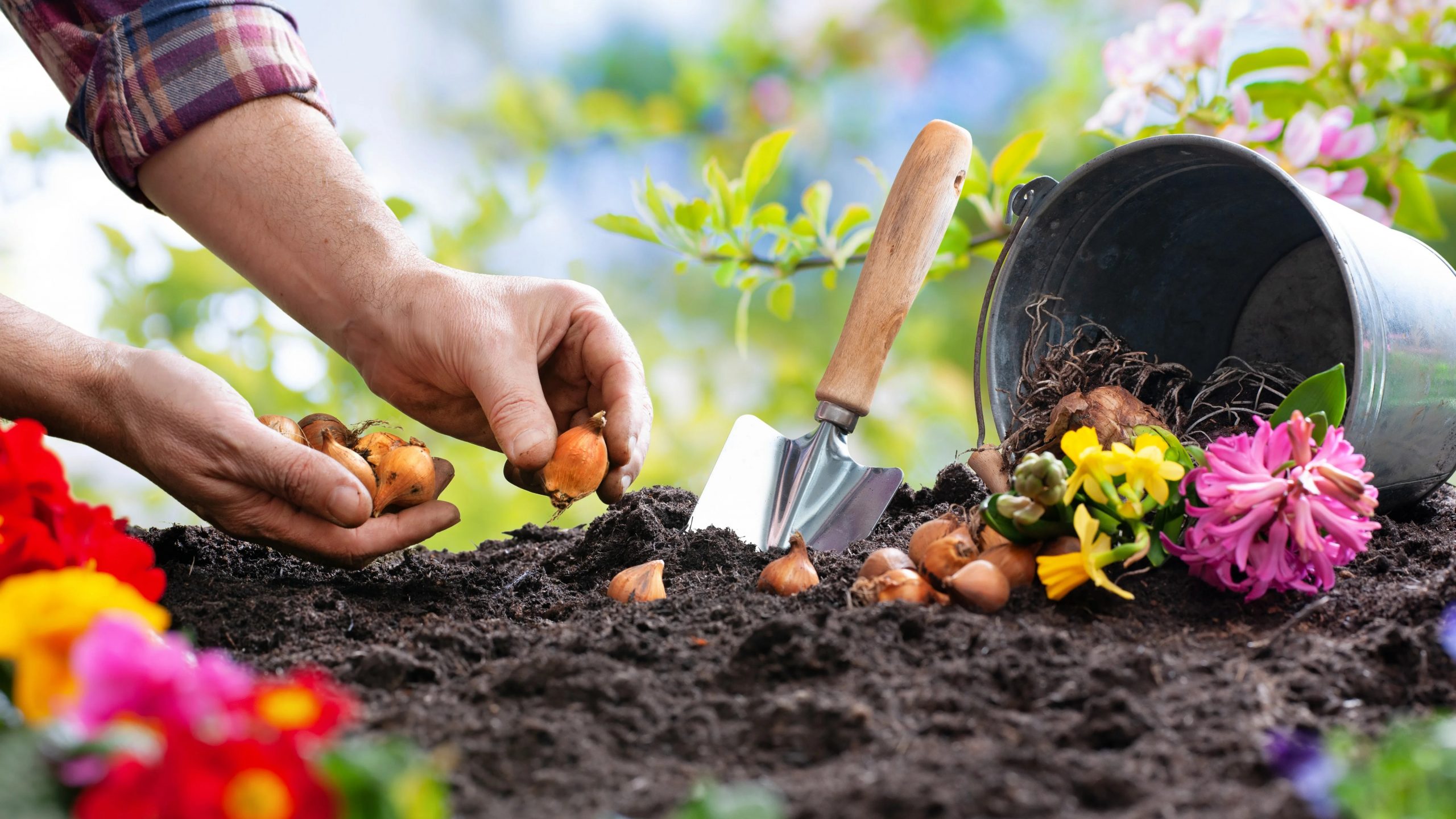
Table of Contents
Are you tired of a dull, lifeless garden? Do you wish to add some beauty and vibrancy to your outdoor space with a splash of color? The perfect time of year for planting flowering bulbs and bringing new life into your garden is autumn.
Easy planting and maintenance, coupled with the ability to add both color and fragrance, make these bulbs an excellent choice for beginner gardeners. Also, taking into account the many assortments accessible to you, it’s certain that you’ll find bulbs that suit your liking and personal tastes.
The advantages of planting spring flowering bulbs in autumn are innumerable. This article will explore these benefits as well as discuss which types of bulbs may be best suited for your garden. Additionally, we will equip you with some tips on preparing your garden before planting and offer a step-by-step process on how to plant and care for these beautiful plants.
Also, we’ll offer suggestions for preparing a spectacular bulb display that will mesmerize anyone, as well as the usual missteps to avoid. And most importantly, we’ll introduce you to 21 spring flowering bulbs that are excellent for planting in autumn.
Benefits of Planting Bulbs in Autumn
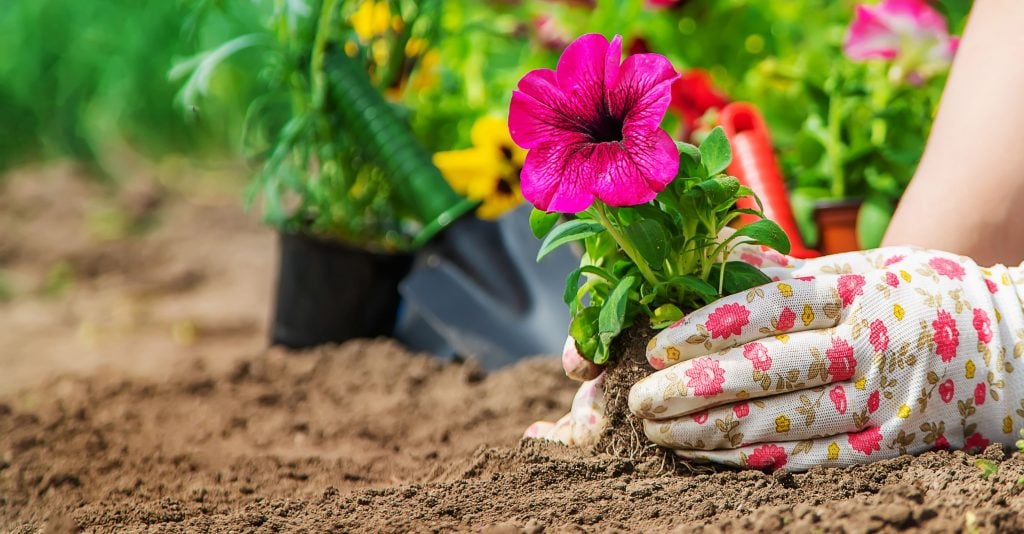
There are several benefits of planting spring flowering bulbs during autumn:
- The soil temperature is best for root growth, which does not cause premature bulb growth
- Bulbs planted during autumn have time to establish themselves before winter cold arrives, helping them bloom earlier and more energetically in springtime.
- Since milder temperatures and moisture in the soil are best for growth, bulbs planted during autumn require less frequent watering.
It is recommended that to extend your garden’s blooming period, you should plant bulbs during autumn. And to enjoy colourful flowers from early spring through late summer, you should plant bulbs that bloom at different intervals. Moreover, there are types of bulbs that are resilient enough to be kept in the ground throughout the year, making them an effortless addition to your garden.
21 Spring Flowering Bulbs to Plant in Autumn
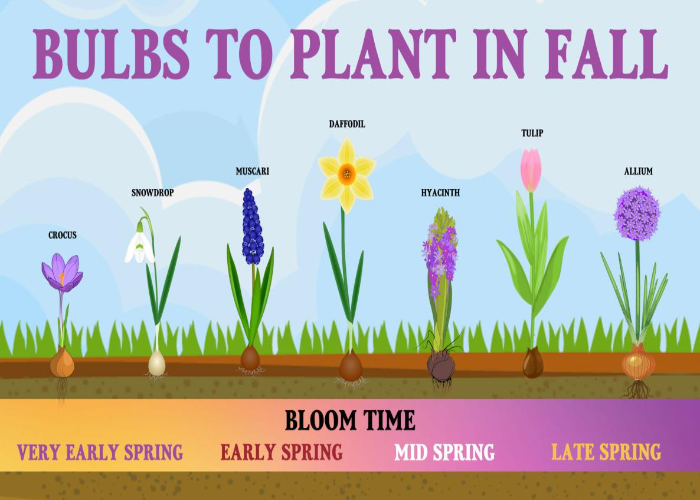
What makes planting bulbs in autumn or fall necessary is the fact that most of these young bulbs can not tolerate extreme temperatures and need a temperate environment for their roots to grow and the leaves to sprout. However, there are a few hardy varieties that are perennial and can be left planted in the ground without any issues. In this list, we explore our top picks for bulbs you must plant in autumn:
1.Tulips
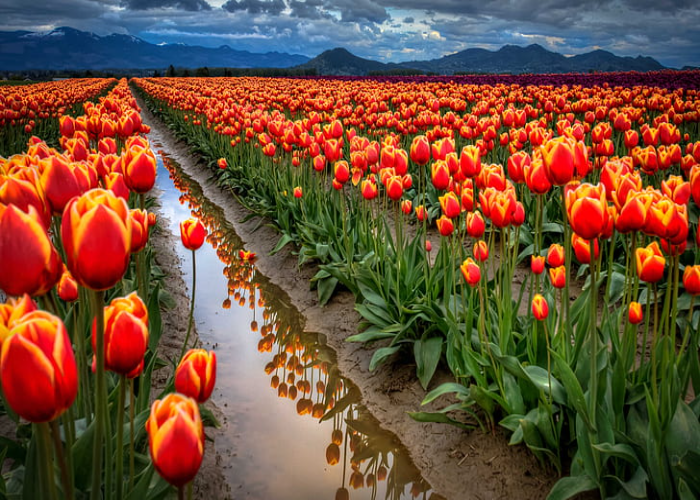
Long-lasting vase life and a wide range of colors have made tulips one of the most sought-after bulbs for the springblooming season. However, it is important to remember that these bulbs require thorough watering and at least 6 hours of direct sunlight.
2. Daffodils
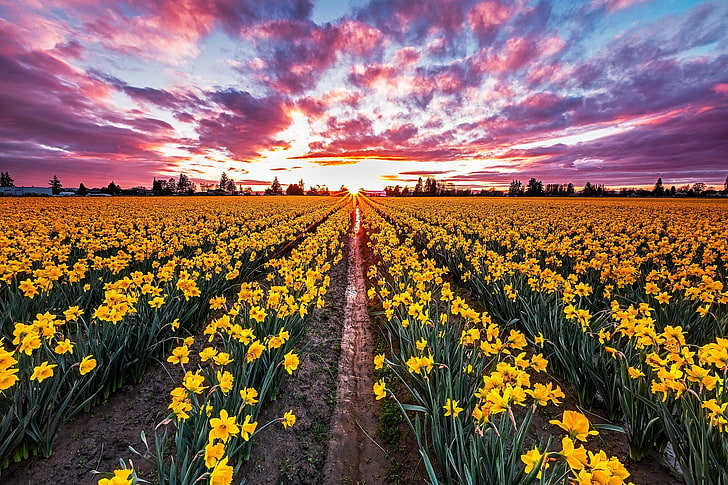
People often choose daffodils in the spring since they’re so common and romanticized in media. Also known as narcissus, growing these bulbs is effortless, and they come in many different colors like yellow, white, or shades of orange.
3. Crocus
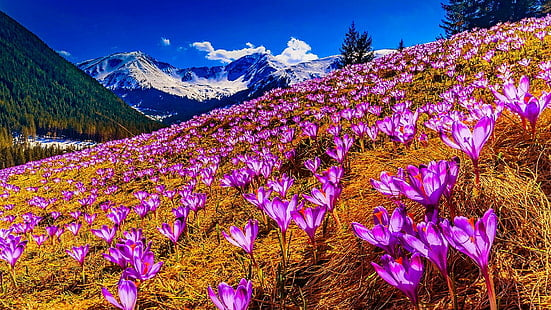
If you’re looking for a bulb that blooms early and has a variety of colors ranging from white to deep purple, then crocuses might be a good choice for you. Contrary to its delicate flowers, Crocus flowers are perfect for naturalizing in lawns or planting in rock gardens.
4. Hyacinths
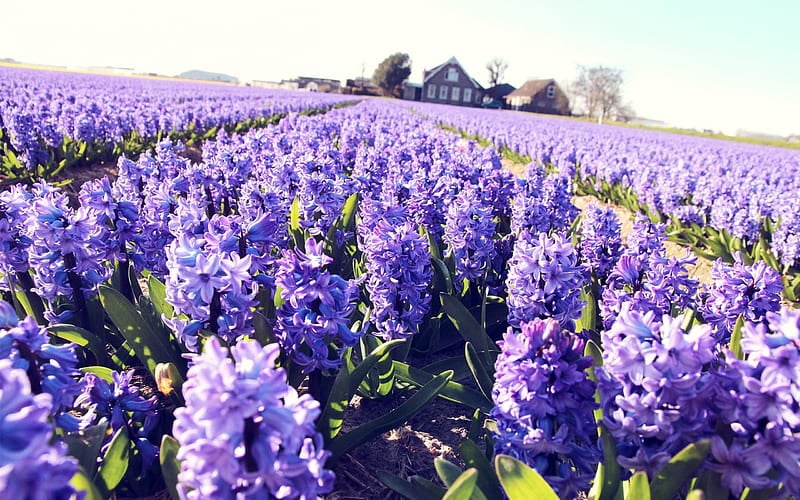
Hyacinths are renowned for their pleasant aroma and royal indigo beauty. Although they can be purchased in different shades like pink or white, their royal indigo and cobalt color variants are the most iconic ones. They prefer having full sunlight and well-drained soil.
5. Snowdrops
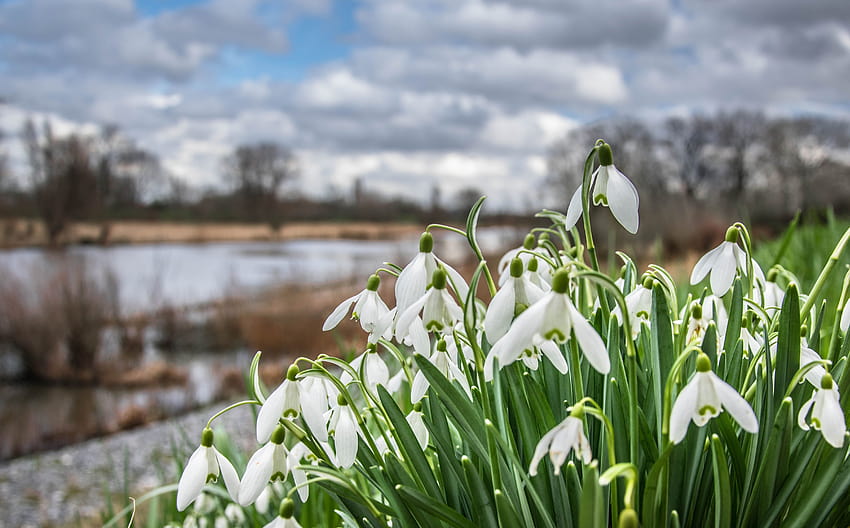
Known for their delicate white flowers, this flower is referred to as Snowdrops. These tend to bloom very early in the spring when snow and ice are still everywhere, so naturalizing them in woodland areas or under trees is a great option.
6. Alliums
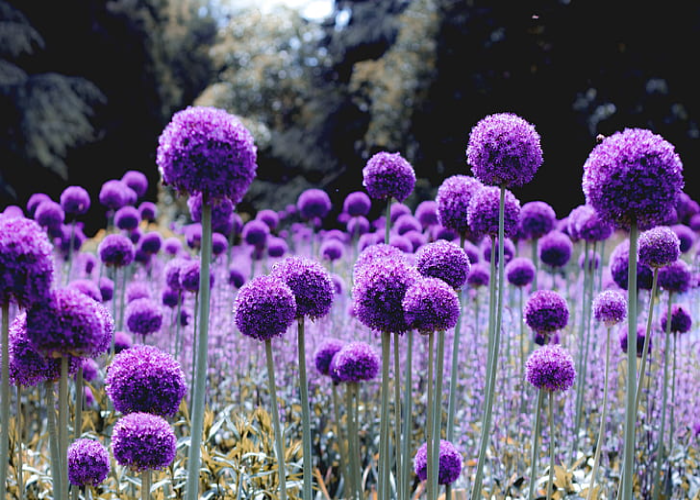
With their large globe-shaped flower heads, the Alliums or ornamental onions make for a unique display in your garden, and their attractive color variants, including purple, pink, and white, among others, give you the artistic freedom every gardener wishes for.
7. Muscari
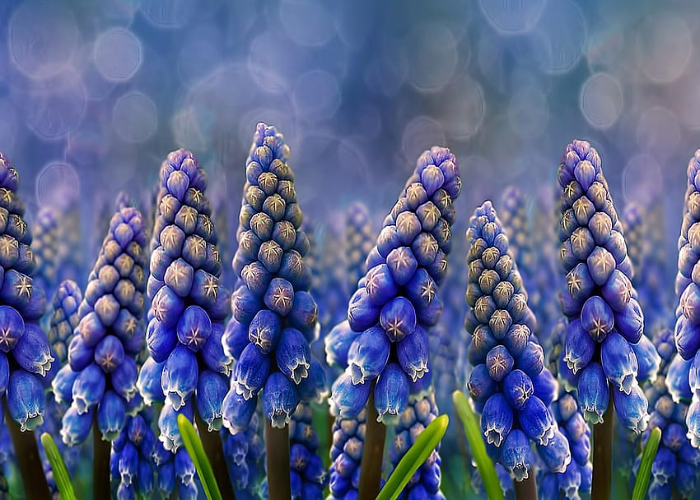
Muscari, also called grape hyacinths, are small bulbs that are loved for their aromatic blue or purple blooms that remind you of miniature grapes. Simple to cultivate and maintain, these lovely flowers add a delightful touch to rock gardensand borders alike.
8. Fritillarias
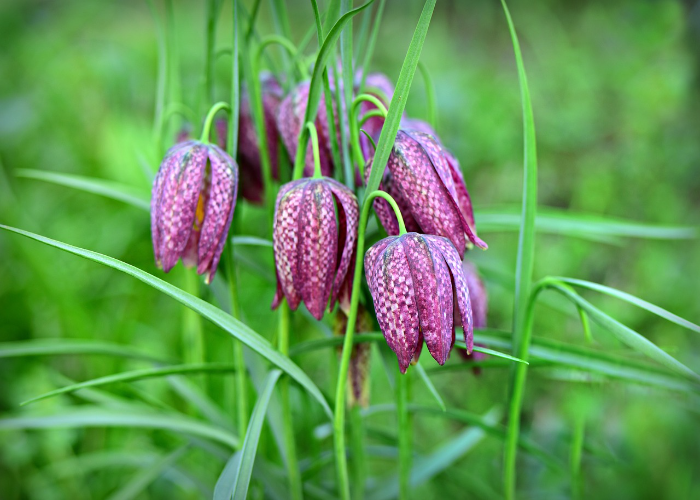
Fritillarias are one the unique spring-blooming bulbs. These beautiful plants bloom in nodding bell-shaped flowers that come in a wide range of colors, including purple, red, and yellow. Fritillarias make for a beautiful addition to any garden or outdoor space with their striking appearance and colorful diversity.
9. Iris
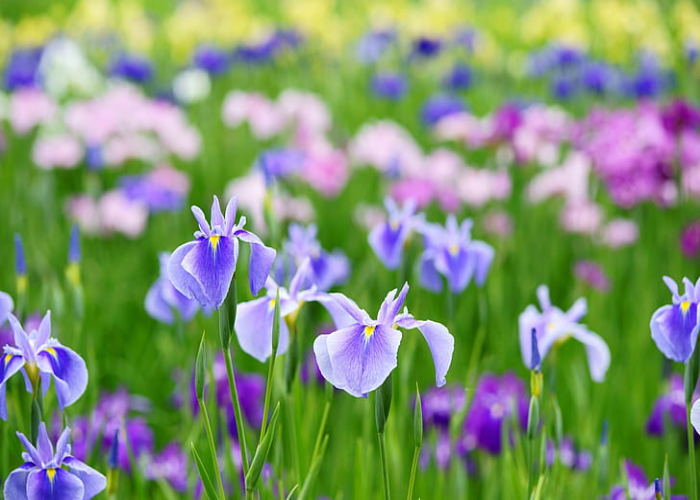
Springtime is a wonderful season to enjoy the beauty of blossoming, and among them, irises shine. These magnificent bulbs rise from their winter slumber, not just with their exclusive colors of purple, yellow, and white, but also brighten up your surroundings with their charm. However, to flourish at their full potential during springtime, Iris flowers need well-drained soil and full sun exposure.
10. Ranunculus
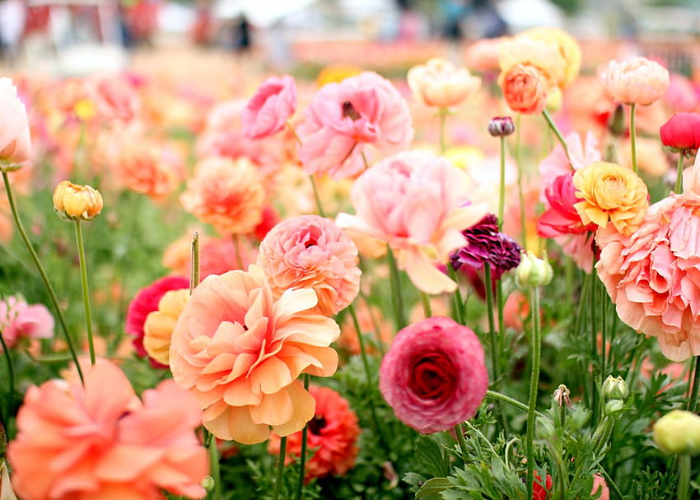
With a range of brightly colored blooming bulbs to choose from, the Ranunculus boasts an impressive collection. The Persian Ranunculus is the most widely cultivated variant of Ranunculus, thanks to its puffed-up rose-like appearance. These flowers prefer full sun to partial shade and need well-draining soil.
11. Anemones
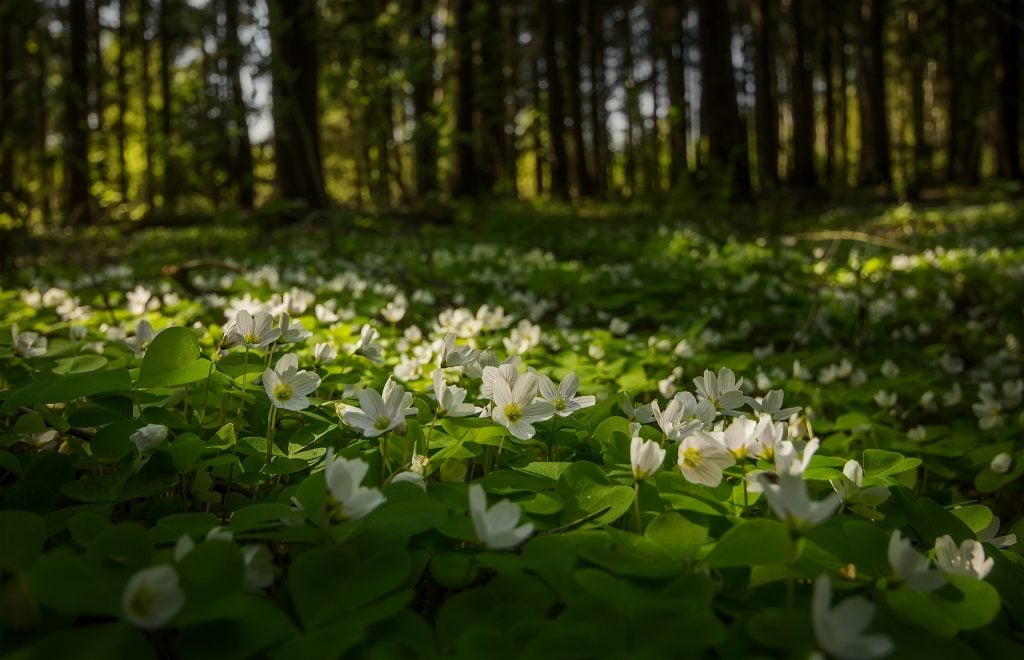
The pretty and fragile-looking Anemone bulb is a popular choice among gardeners who want pops of color in their gardens come springtime. They prefer well-drained soil and partial shade exposure.
12. Scilla
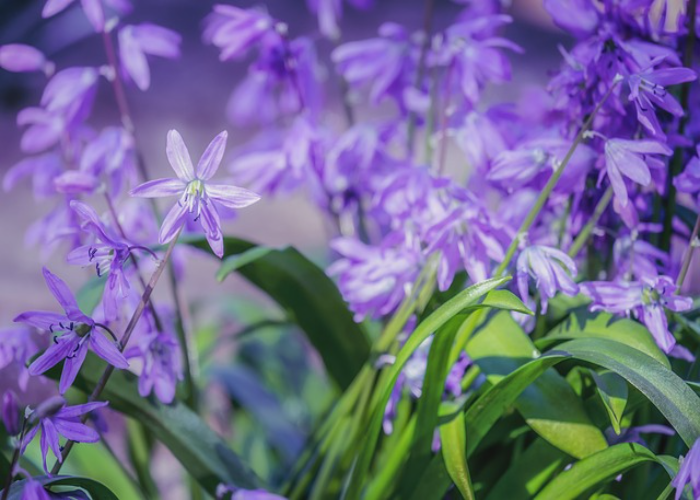
Scilla bulbs, also known as bluebells, are native to Europe and throughout the world. Despite their slightly toxic nature, they remain people’s favorites owing to their stunning blooms that adorn gardens and landscapes like jewelry each spring.Consider planting these bulbs in rock gardens and allowing them to naturalize in your lawn.
13. Gladiolus
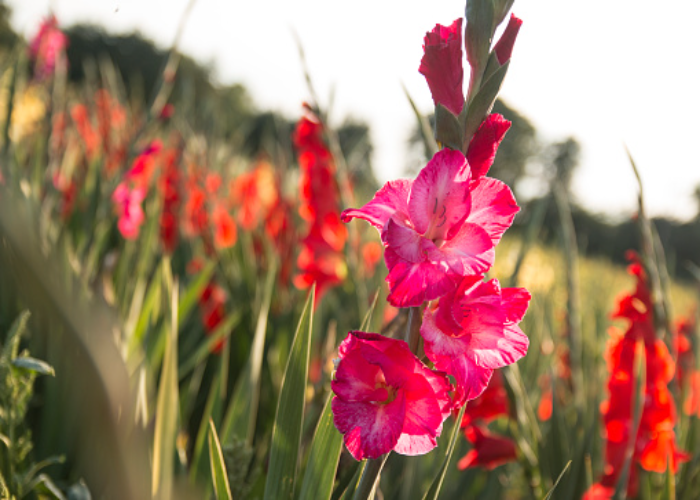
The tall and spiky-stemmed Gladiolus is known for its broad spectrum of colors. The reason large-flowered gladiolus is grown more than others lies in its attractive, fragrant blooms. Planting gladiolus bulbs requires well-draining soil and at least 6 hours of sun exposure in either spring or fall.
14. Eremurus
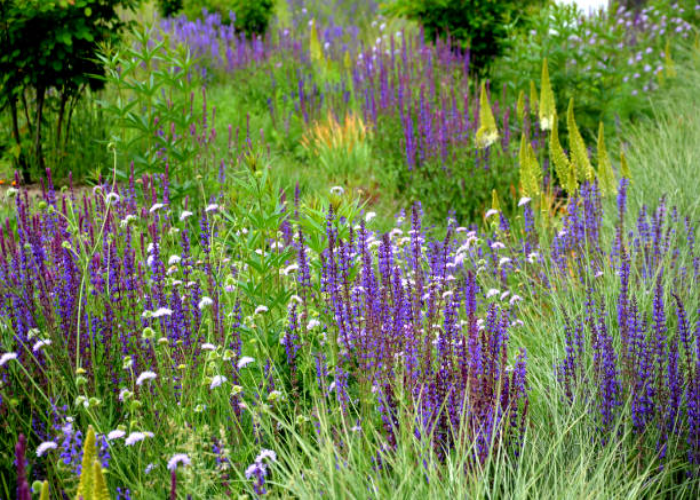
Native to the central Asian and Himalayan regions are the charming foxtail lilies or Erenurus. These hardy perennialswith tall and leafless stems are best recognized by their star-shaped flowers, which bloom in almost a dozen shades. Eremurus plants need to be planted in well-drained soil with full sun exposure and need to be periodically divided.
15. Virginia Bluebells
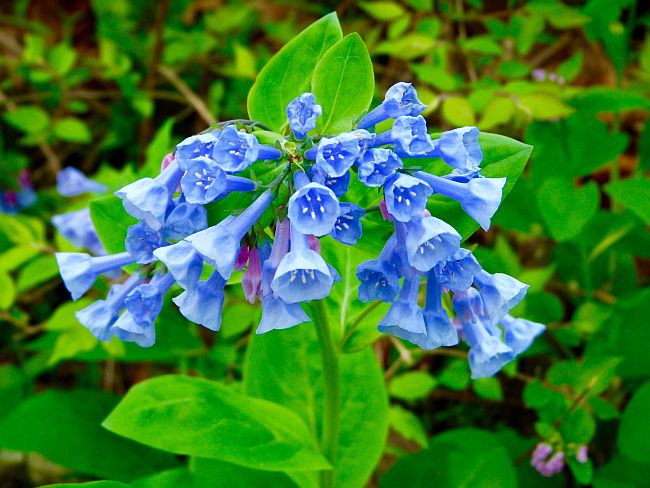
Originally from eastern North America, Virginia bluebells are a kind of blooming bulb distinguished by their drooping, bell-shaped blooms that come in shades of pink, lavender, and blue. They are loved by pollinators because they provide a sort of protective accommodation for them. These flowers thrive in wet, well-drained soil and need moderate shade.
16. Lily of the Valley
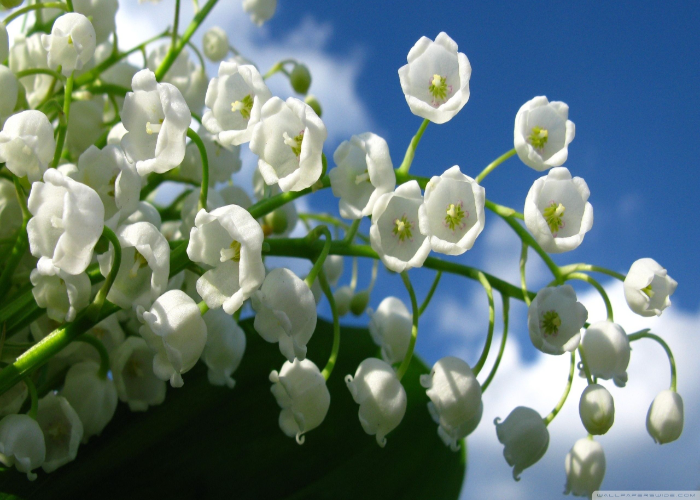
Lily of the Valley is a herbaceous perennial, endowing an almost angelic look that comes from Europe and Asia, where its bell-shaped white flowers are known for their delicacy. It quickly and requires shady and moist areas, but handling should be done with care due to its high toxicity.
17. Winter Aconite
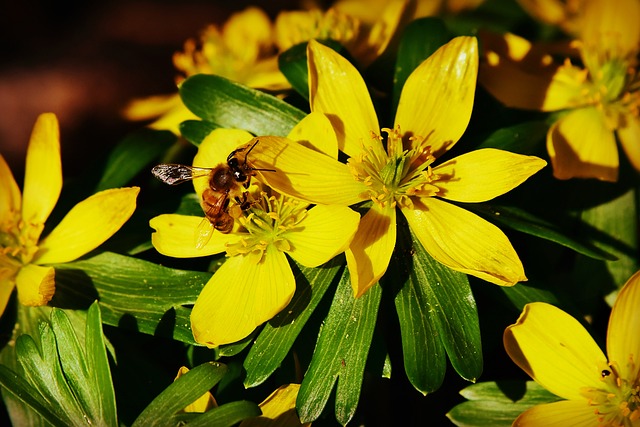
The Winter Aconite has bright yellow flowers that are known to bloom in late winter or early spring, and it is native to Europe and parts of Asia. They are a popular choice for naturalizing in woodland gardens thanks to their early bloomings. Winter Aconites are indeed toxic and have been utilized for their medicinal properties in traditional Chinese medicine.
18. Dutch Iris
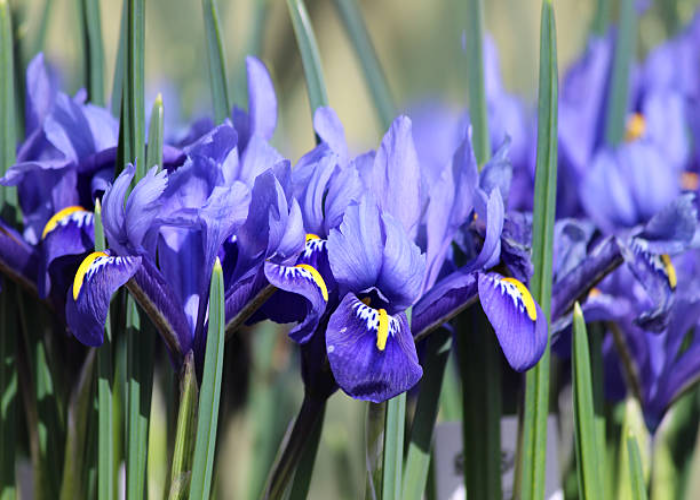
Known for its unusual fan-shaped blossoms in a range of colors, the Dutch Iris is a hybrid iris species. In addition to being planted in gardens, they are popular as cut flowers. In conventional folk medicine, Dutch iris bulbs have been utilized as a remedy.
19. Lenten Roses
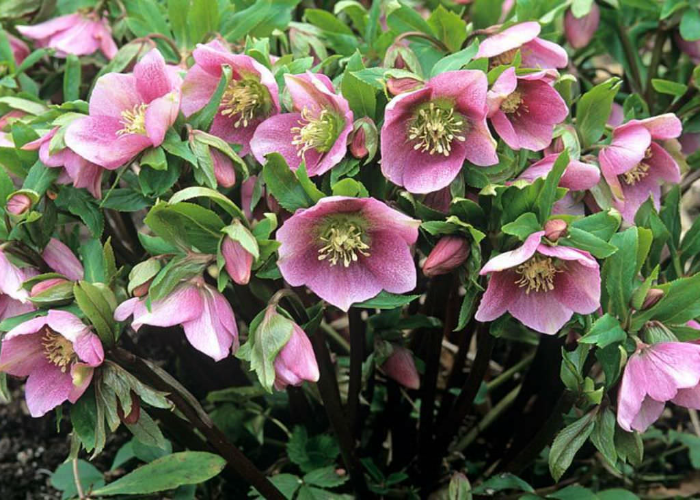
In late winter or early spring, you can see the unique bell-shaped flowers of Lenten Roses, which is an evergreenperennial bulb. However, in spite of their name, these flowers do not belong to the rose family and can be very dangerous if eaten. In woodland gardens, it’s common to plant Lenten Roses, which have a history of being used medicinally in traditional cultures.
20. Starflowers
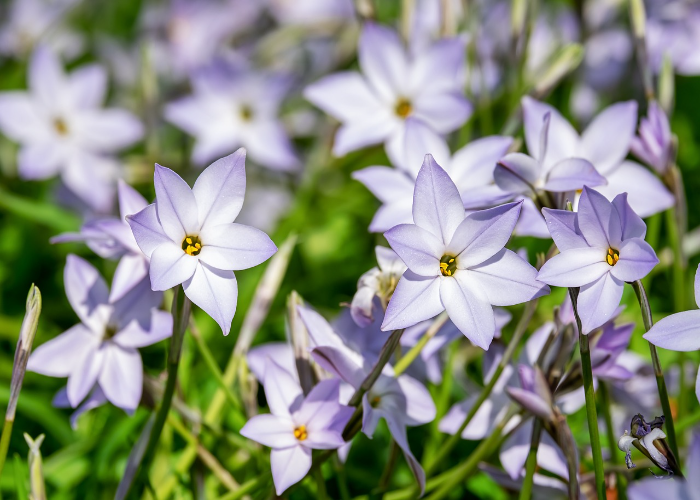
These bulbous perennials with star-shaped flowers are native to South America and bloom in the first few weeks of spring. They are mostly cultivated in rock gardens, borders, and pots owing to their simple-to-grow nature. Starflowershave also been used medicinally in conventional folk medicine.
21. Chionodoxa
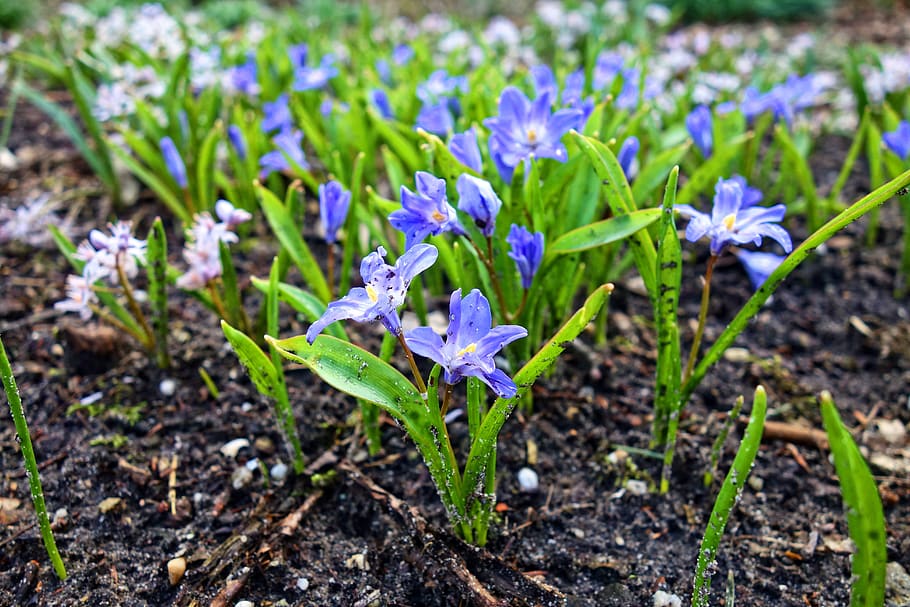
The perennial Chionodoxa, often called the “glory of the snow,” is indigenous to the regions of western Turkey and the eastern Mediterranean. It is a beloved choice for all since it blooms in the early spring with star-shaped flowers in blue, purple, and white tones.
To Choose the Right Bulbs for Your Garden
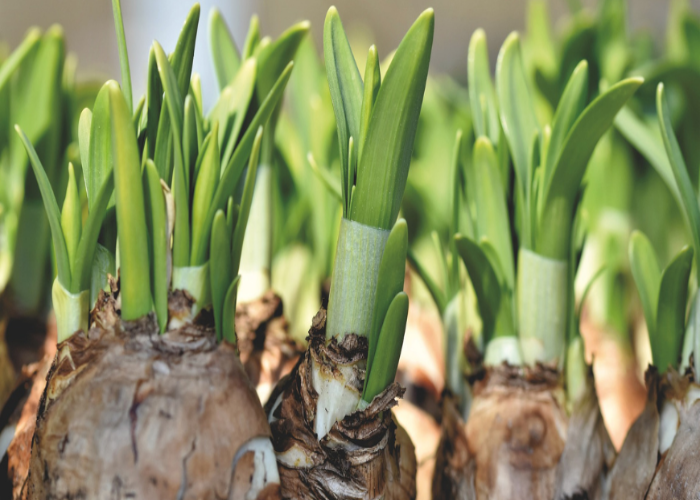
Considering the state of your garden is important when choosing which flowers and bulbs to plant. While some flowers prefer full sun, others prefer partial shade. Some bulbs prefer well-drained soil; others thrive in moist soil. Make sure to research the specific growing conditions of each variety of flower before purchasing them to ensure that they are suitable for your garden. Choosing bulbs that are healthy and free from diseases is also important. Look for bulbs that are firm and plump, without any mushy areas or mold. Discard any bulbs that are cracked or damaged since they may not grow properly. Make sure your seller has a good reputation before you buy any buds from them.
Preparing Your Garden for Planting
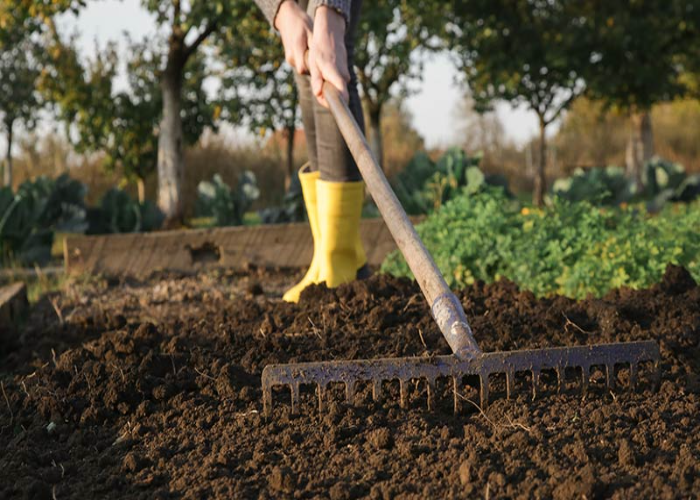
- Remove any weeds or debris and loosen the soil to at least a depth of 12 inches (ca. 30 cm) before you plant your bulbs.
- Consider adding organic matter like compost, peat moss, or organic wastes from your house, like vegetable peels and fishbone, to improve both the fertility of your soil and drainage for heavy or clay-like soils.
- When selecting a location, make sure your bulbs get enough sunlight and good protection from extreme weather in that area. Don’t plant bulbs in spots that tend to accumulate water or are overly shaded.
- Plan ahead how you want your garden to look and how your garden will look when your bulbs bloom. Planting your bulbs in clusters or rows is totally dependent on your preference and doesn’t affect your bulbs in any significant manner. You can create a longer blooming period in your garden by planting bulbs that blossom at intervals or in consecutive seasons.
Planting Bulbs Step-by-Step
- First, make a hole 2 to 3 times larger than the size of the bulb you intend to plant
- Fill that hole with compost or natural fertilizer
- Put the bulb into the hole with the pointy end facing up
- Cover the bulb with soil and gently tamp it down
- Water the bulb thoroughly to help settle the soil
Repeat these steps for each bulb that you plant, spacing them out by a few inches each. Once you have completed these steps, cover the area with a layer of mulch to help retain moisture and insulate the bulbs during the winter.
Final Tips for a Successful Bulb Planting Season
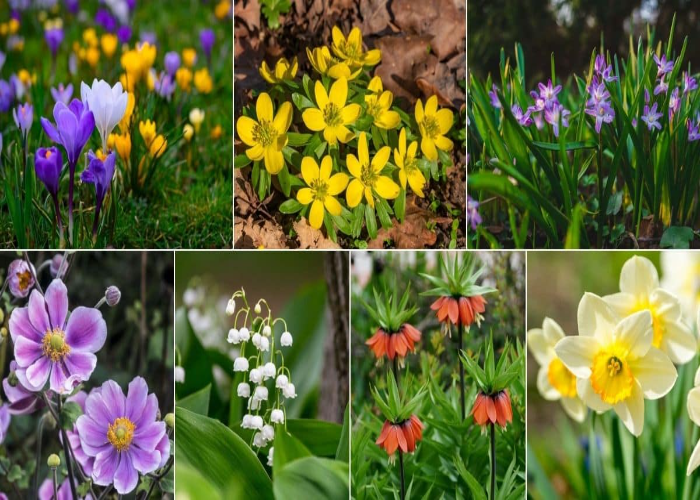
As the leaves fall and autumn envelops your garden, it’s the perfect time to prepare for spring by planting your bulbs. There are a few crucial factors to keep in mind when selecting bulbs, such as taking into account bloom time, color, size, and scent that would complement your garden conditions.
However, before you put those bulbs into the soil, make sure that there are no pesky weeds or debris lurking around in the garden beds. As a next step, loosen up the soil so that plants can grow strong roots while also finding an area in your yard with enough sun exposure and quality drainage. We have also recommended the best planting depths when planting your bulbs in the soil, but don’t forget to water them thoroughly. You can also add items like mulch and perlite to make sure that the soil retains moisture but doesn’t rot the roots of your favorite flower buds.
Proper care and attention can make your bulbs bloom beautifully, adding a burst of color and fragrance to your front porch come springtime. Roll up your sleeves and get ready to dig in the dirt, as your garden will become the envy of the neighborhood with these bulbs.

![How to Grow and Prune Lavender [Winter Care Tips]](https://www.thearches.co.uk/wp-content/uploads/Lavender-Winter-Care-Guidelines.jpg)
